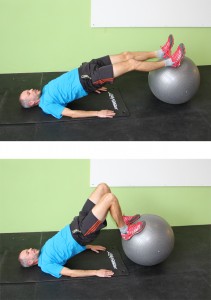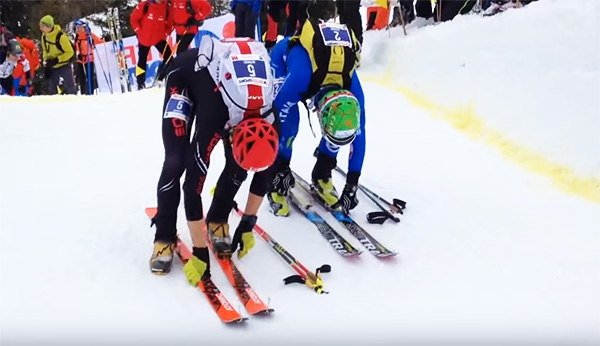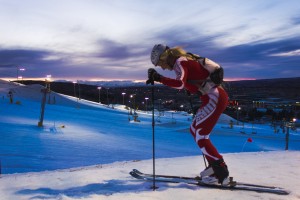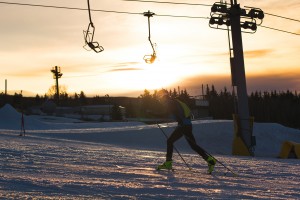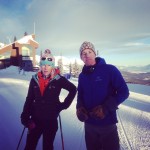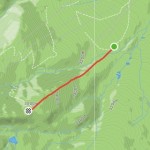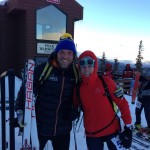Today, after receiving much feedback and almost two years after releasing the Manual For Ski Mountaineering Racing e-book, we are proud to announce something we have been working on since summer – our first skimo racing specific training plan!
As its name suggests, we created this plan to be your daily training guide in the last couple of weeks leading up to your goal race.
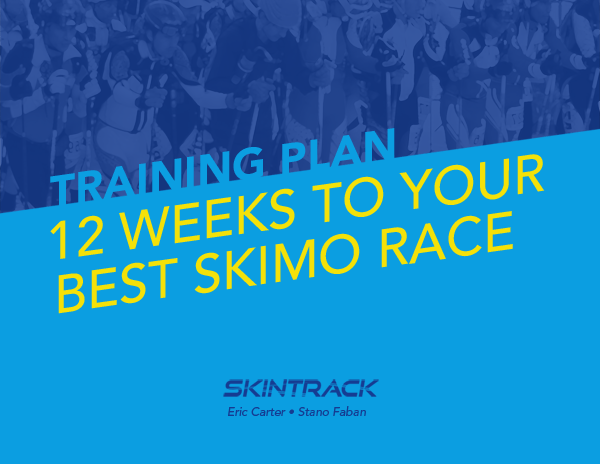
Who can benefit the most from this plan?
It’s primarily designed for three athlete groups that we believe can reap the most benefits from such a training plan as well as those that want to take a more focused approach:
- Beginner and intermediate level skimo racers
- Time restricted athletes who need highly efficient training schedule
- And those that want daily guidance in their training
We considered usual time constraints and settled on 6 to 10 hours of weekly training volume based on a mix of VO2max, tempo and lactate tolerance intervals, alternating with easy days and training races.
The plan was developed mainly with these goal races in mind – Grand Traverse, Mezzalama, Pierra Menta, The Power of Four, Wasatch Powder Keg, The Five Peaks – but will effectively prepare you for any ski mountaineering event.
More details
Without further due, just head over to this page to learn more about this training plan:
12 Weeks to Your Best Skimo Race
If you are also interested in the Manual For Ski Mountaineering Racing e-book then we created a “2-in-1 package” for you:
The Manual + this 12-Week Training Plan
Thank you for your continued support
We greatly appreciate all our readers and those that have supported us via purchasing our Manual in the past.
Thank you for keeping the SkinTrack going and keeping us motivated to always deliver the best content! It’s been 7th years in September 🙂
Stano & Eric
PS: Here’s a page from inside the training plan.
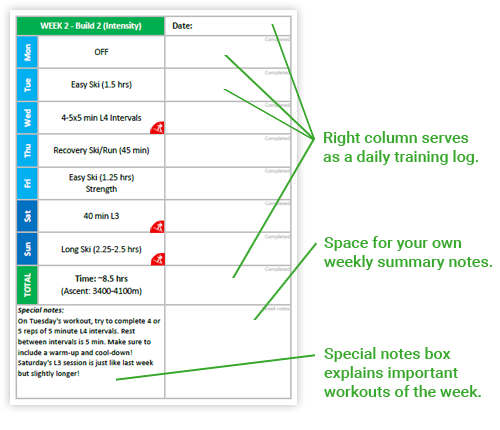


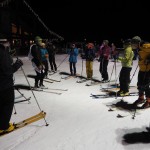
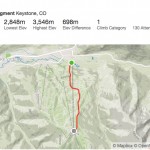
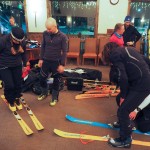
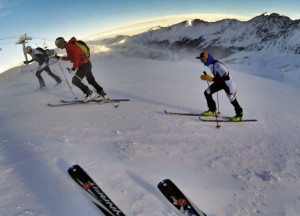
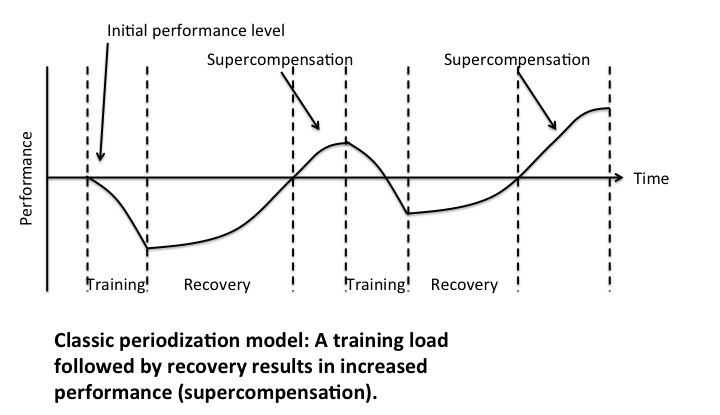
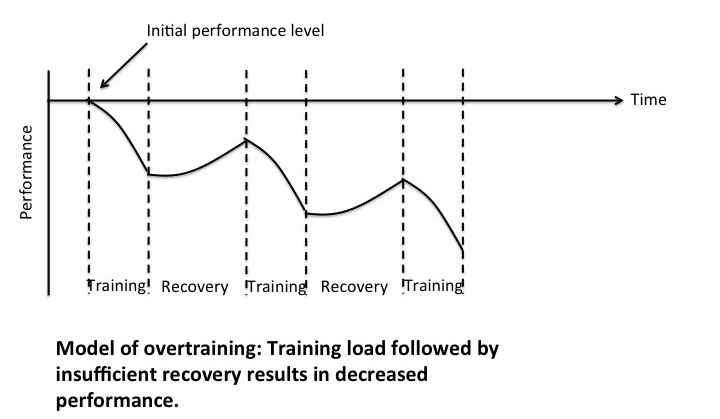
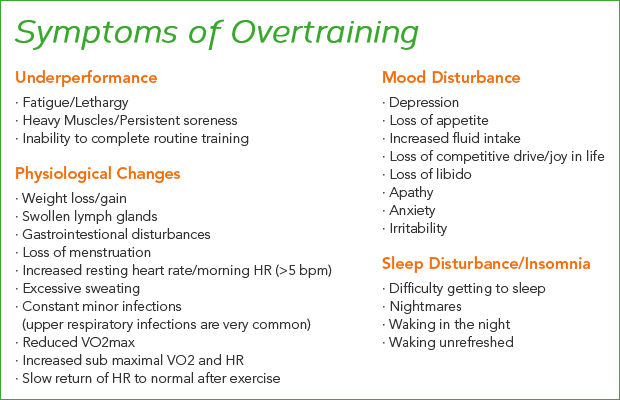
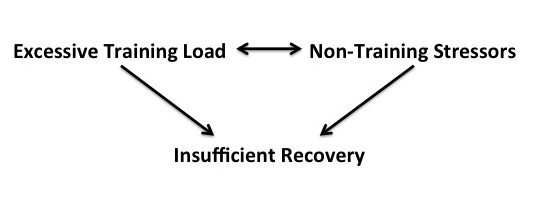
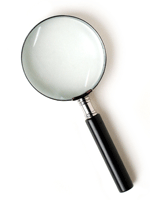

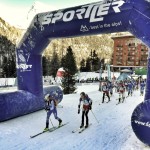

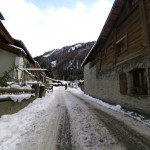
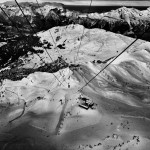

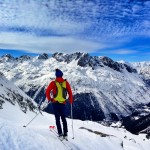
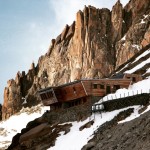
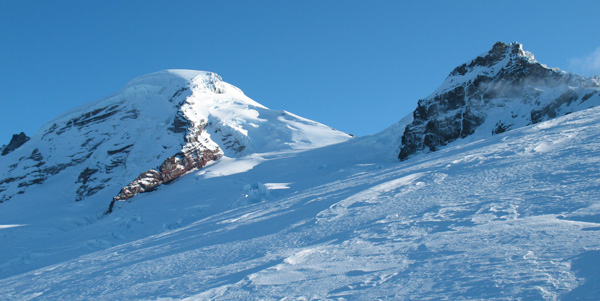

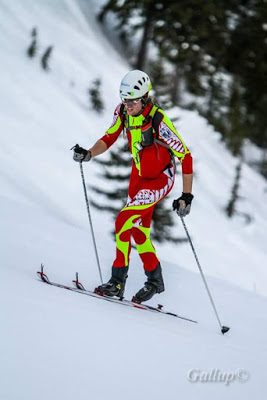
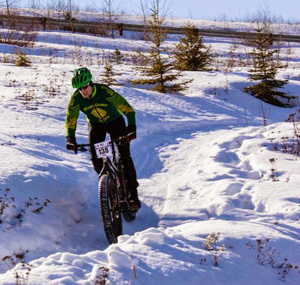
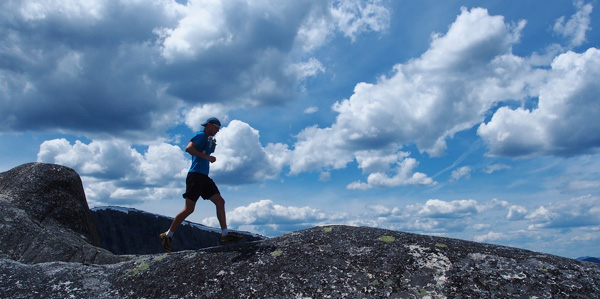
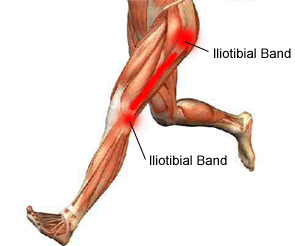 It is not uncommon for skiers to develop IT band syndrome in a couple of weeks by getting back to running after few months off. Here is a good definition of what IT band syndrome is and how it could be felt:
It is not uncommon for skiers to develop IT band syndrome in a couple of weeks by getting back to running after few months off. Here is a good definition of what IT band syndrome is and how it could be felt:
